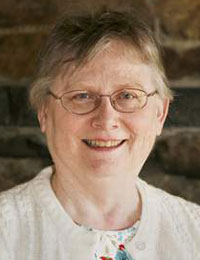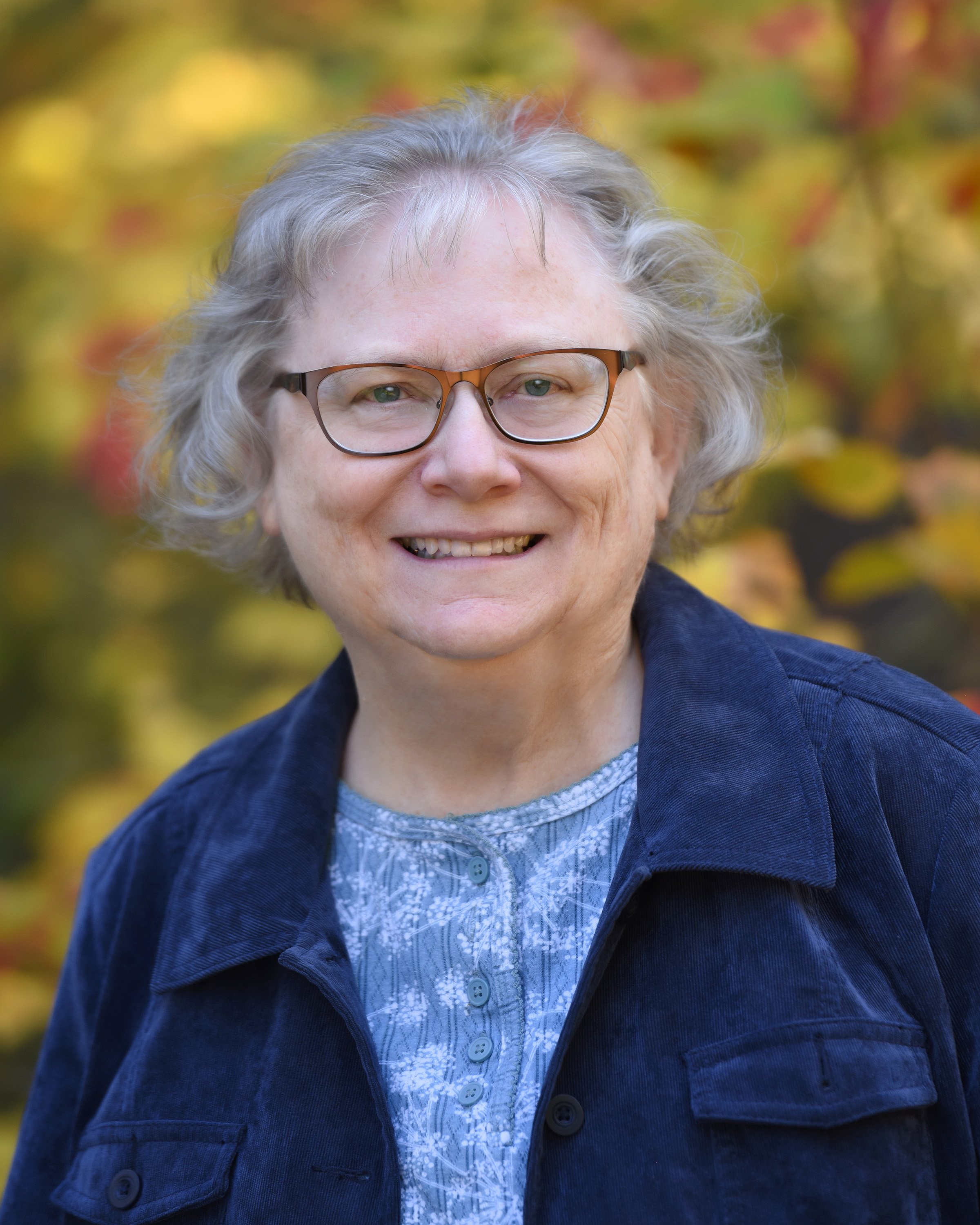 [Editor’s Note: Between June and August of this year, Alicia wrote two series on her research and writing methodologies. In the interest of bringing them together, and sharing them with a fresh audience, they are offered again, with some of the author’s commentary. The first of these two posts appeared here:]
[Editor’s Note: Between June and August of this year, Alicia wrote two series on her research and writing methodologies. In the interest of bringing them together, and sharing them with a fresh audience, they are offered again, with some of the author’s commentary. The first of these two posts appeared here:]
From Composition: Part One:
Many people enjoy fishing, but not as many enjoy cleaning the catch. That is why we all have piles of research sitting waiting to be compiled into finished accounts. In some cases we may have entered our data into a genealogical database, but as nice as they are for sorting a multitude of facts, there is still no replacement for a well-written genealogical story.
I developed the Early New England Families Study Project format to make my job easier, and I also thought it might be useful to help others put their family histories in writing. I call this format “Register Style with subtitles.” It is my “map.”
From Composition: Part Two:
Proofreading is not a one-time event. It is, from the beginning of your work, constant, relentless, incessant, unceasing, inexorable, and thankless (nobody notices what you did proofread successfully, only what you didn’t). If you are a fan of TV shows like NCIS, pretend you are Ducky performing an autopsy!
From Composition: Part Three:
Don’t tell Henry Hoff, editor of the NEHGS Register, but I do not format my Early New England Families Study Project footnotes in proper Register Style. There are two reasons for this. First, I am comfortable with my own footnoting style developed over the years following basic rules I learned in school from the Chicago Manual of Style and other such guides, which is very similar to Register Style. Second, so far no one has made me change.
The point being that although there are times when strict footnoting laws apply (such as writing one’s dissertation), the only reason for a footnote is to provide the reader with enough information to locate the source if they so desire. A good full citation needs at least the following – author, title, number of volumes if a multi-volume work, year and place of publication, and the short form that will be used thereafter. For example: Henry Porter Andrews, The Descendants of John Porter of Windsor, Conn., 1635-9, 2 vols. (Saratoga Springs, N.Y.: 1893) [hereinafter John Porter]. A good “cheat sheet” for genealogical citations is the bibliography to Torrey’s Early New England Marriages, downloadable as a pdf.
Footnotes also provide the opportunity to add collateral information and explanations that do not “fit” into the text, although if your footnote gets longer than your text, the information might really belong there.
From Composition: Part Four:
As I tie up loose ends on the Early New England Families Study Project sketch for Richard Newton, it is time to assess the work.
Newton’s sketch is fairly short, four pages at the moment: his birth and ancestry are unknown, he did not participate in town or colony governments, was not in trouble with the courts, and left no interesting biographical highlights. A lot of information was already in print about the Newton family, including a full transcription of Richard’s will in the Newton Genealogy.
The Newton Genealogy also includes short abstracts of six grantor deeds by Richard. I ran into a little problem checking these against the microfilm because the original record books suffer from a lot of wear, especially on page corners where the page numbers are nearly all obliterated. I had to do a lot of “by guess and by golly” and finally resorted to using the dates of recording given in the index to locate what I needed. The abstracts appear to be accurate so far, though minimal, so I will include more details, particularly for the deeds from Richard to his sons.
All in all, this has been a fairly routine sketch that will easily total 25 hours of time before it is finalized, indexed, and published. As I said when I started this series, about as exciting as watching paint dry, but I hope it gives you an idea of the process.
Share this:

About Alicia Crane Williams
Alicia Crane Williams, FASG, Lead Genealogist of Early Families of New England Study Project, has compiled and edited numerous important genealogical publications including The Mayflower Descendant and the Alden Family “Silver Book” Five Generations project of the Mayflower Society. Most recently, she is the author of the 2017 edition of The Babson Genealogy, 1606-2017, Descendants of Thomas and Isabel Babson who first arrived in Salem, Massachusetts, in 1637. Alicia has served as Historian of the Massachusetts Society of Mayflower Descendants, Assistant Historian General at the General Society of Mayflower Descendants, and as Genealogist of the Alden Kindred of America. She earned a bachelor’s degree from the University of Connecticut and a master’s degree in History from Northeastern University.View all posts by Alicia Crane Williams →